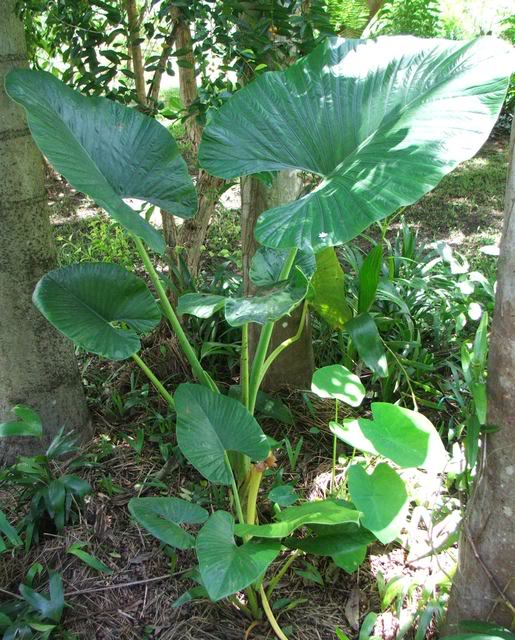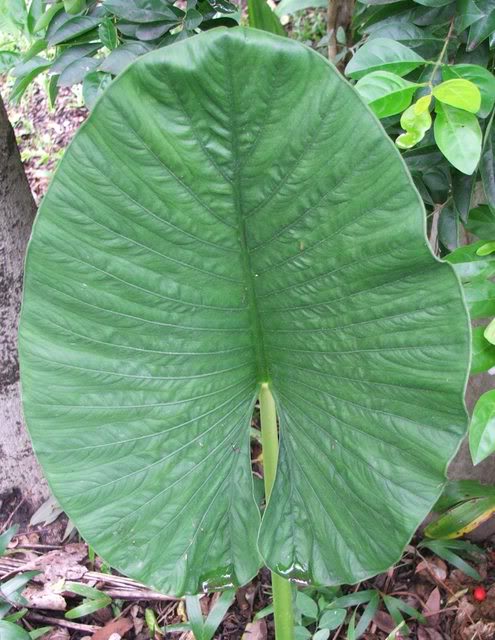Array
(
[0] => Array
(
[id] => 209
[is_published] => 1
[websiteID] => 5
[url] => /gardening/top-gum-trees-for-gardens.php
[page_status] => Published
[number_of_ads] => 4
[can_use_editor] => 1
[last_modified_date] => 2013-09-16 00:00:00
[last_modified_by] => Alan
[checked_for_duplicate_content] =>
[title] => Angus's Top Gum Trees for Gardens
[heading] => Angus's Top Gum Trees for Gardens
[meta_description] => Angus Stewart's list of the best gum trees (Eucalyptus, Corymbia and Angophora) for Australian gardens.
[article_category_1] => Gardening
[article_category_2] =>
[article_category_3] =>
[article_category_4] =>
[article_category_5] =>
[business_category_1] => Landscaper
[business_category_2] => Nursery
[business_category_3] => Garden Designer
[business_category_4] => Landscape Architect
[business_category_5] =>
[number_of_google_mrecs] =>
[show_google_ad_bottom_of_page] =>
[show_get_quotes_top_of_page] =>
[show_get_quotes_rhs_of_page] =>
[show_directory_search_widget] =>
[show_trending_content_widget] =>
[show_facebook_widget] =>
[show_further_reading_section] => 1
[show_sponsors_section] => 0
[show_top_article_ad] => 1
)
[1] => Array
(
[id] => 453
[is_published] => 1
[websiteID] => 5
[url] => /gardening/growing-grevilleas.php
[page_status] => Published
[number_of_ads] => 10
[can_use_editor] => 1
[last_modified_date] => 2013-09-16 00:00:00
[last_modified_by] => Alan
[checked_for_duplicate_content] =>
[title] => Growing Grevilleas
[heading] => Growing Grevilleas
[meta_description] => Learn how to grow grevilleas in your garden.
[article_category_1] => Gardening
[article_category_2] =>
[article_category_3] =>
[article_category_4] =>
[article_category_5] =>
[business_category_1] => Landscaper
[business_category_2] => Nursery
[business_category_3] => Garden Designer
[business_category_4] => Landscape Architect
[business_category_5] =>
[number_of_google_mrecs] =>
[show_google_ad_bottom_of_page] =>
[show_get_quotes_top_of_page] =>
[show_get_quotes_rhs_of_page] =>
[show_directory_search_widget] =>
[show_trending_content_widget] =>
[show_facebook_widget] =>
[show_further_reading_section] => 1
[show_sponsors_section] => 0
[show_top_article_ad] => 1
)
[2] => Array
(
[id] => 204
[is_published] => 1
[websiteID] => 5
[url] => /gardening/native-orchids.php
[page_status] => Published
[number_of_ads] => 5
[can_use_editor] => 1
[last_modified_date] => 2013-09-16 00:00:00
[last_modified_by] => Alan
[checked_for_duplicate_content] =>
[title] => Australian Native Orchids
[heading] => Australian Native Orchids
[meta_description] => Native orchids range from the spectacular epiphytic (growing on trees) and lithophytic (growing on rocks) species of the tropical jungles and warmer areas of Australia, to the intricately subtle terrestrial (growing in the ground) species found throughout the dry eucalypts forests throughout the continent.
[article_category_1] => Gardening
[article_category_2] =>
[article_category_3] =>
[article_category_4] =>
[article_category_5] =>
[business_category_1] => Landscaper
[business_category_2] => Nursery
[business_category_3] => Garden Designer
[business_category_4] => Landscape Architect
[business_category_5] =>
[number_of_google_mrecs] =>
[show_google_ad_bottom_of_page] =>
[show_get_quotes_top_of_page] =>
[show_get_quotes_rhs_of_page] =>
[show_directory_search_widget] =>
[show_trending_content_widget] =>
[show_facebook_widget] =>
[show_further_reading_section] => 1
[show_sponsors_section] => 0
[show_top_article_ad] => 1
)
[3] => Array
(
[id] => 547
[is_published] => 1
[websiteID] => 5
[url] => /landscaping/too-much-rain.php
[page_status] => Published
[number_of_ads] => 2
[can_use_editor] => 1
[last_modified_date] => 2013-10-26 00:00:00
[last_modified_by] => Angela
[checked_for_duplicate_content] =>
[title] => Combating to much rain - 8 top tips
[heading] => Combating too much rain - 8 top tips
[meta_description] => Tips for the gardener on how to cope with lots of rain.
[article_category_1] => Landscaping
[article_category_2] =>
[article_category_3] =>
[article_category_4] =>
[article_category_5] =>
[business_category_1] => Landscaper
[business_category_2] => Nursery
[business_category_3] => Garden Designer
[business_category_4] => Landscape Architect
[business_category_5] =>
[number_of_google_mrecs] => 0
[show_google_ad_bottom_of_page] => 0
[show_get_quotes_top_of_page] => 0
[show_get_quotes_rhs_of_page] => 0
[show_directory_search_widget] => 1
[show_trending_content_widget] => 1
[show_facebook_widget] => 1
[show_further_reading_section] => 1
[show_sponsors_section] => 0
[show_top_article_ad] => 1
)
)
Helpful articles
Angus's Top Gum Trees for Gardens. Angus Stewart's list of the best gum trees (Eucalyptus, Corymbia and Angophora) for Australian gardens.
Growing Grevilleas. Learn how to grow grevilleas in your garden.
Australian Native Orchids. Native orchids range from the spectacular epiphytic (growing on trees) and lithophytic (growing on rocks) species of the tropical jungles and warmer areas of Australia, to the intricately subtle terrestrial (growing in the ground) species found throughout the dry eucalypts forests throughout the continent.
Combating too much rain - 8 top tips
. Tips for the gardener on how to cope with lots of rain.
Plant description
Alocasias, or elephant ears, are perennial plants that are noted for their eye catching foliage, which arises from a rhizome. Alocasia alba is fast growing, but small for an alocasia, growing to around 1.5 metres. The leaves are heavily crinkled with veins on the leaf reverse. Another name for this plant is Alocasia crassifolia.
Alocasias give a tropical feel to a garden, patio or indoors. They are best in tropical and sub-tropical climates, but can also grow in temperate areas in a warm spot.They are suited to garden plantings, as a single specimen or massed planting, as well as being great for containers. They can make good indoor plants, but need bright light and misting to do well for longer periods indoors.
Alocasias need warmth and humidity to grow well. If the surrounding air is too dry the plant is liable to be subject to diseases such as red spider mites. Plain green leaved varieties cope better in cooler, drier areas than the more colourful forms.
The plant contains irritants which can cause numbing and swelling if ingested, or with skin contact.
Additional plant information
Flowers
Flower colour: not specified
Flowering season: not specified
Plant size
Maximum height: 1.5 metres
Minimum height: not specified
Maximum width: not specified
Minimum width: not specified
Sunlight, frost & salt tolerance
Will tolerate partial sunlight.
Light frost tolerance.
Plant is not salt tolerant.
Fauna attracting?
Not specified.
Climate
This plant species will grow in the following climates: temperate, tropical.
Soil types & conditions
Loam: moist, well-drained.
Clay: not specified.
Sand: moist.
Pests
Red spider mite, mealy bugs
Miscellaneous information
Planting season: Any.
Types of fertiliser: Half strenght liquid fertiliser applied through the warmer months.
Find a nursery
Search for another plant


